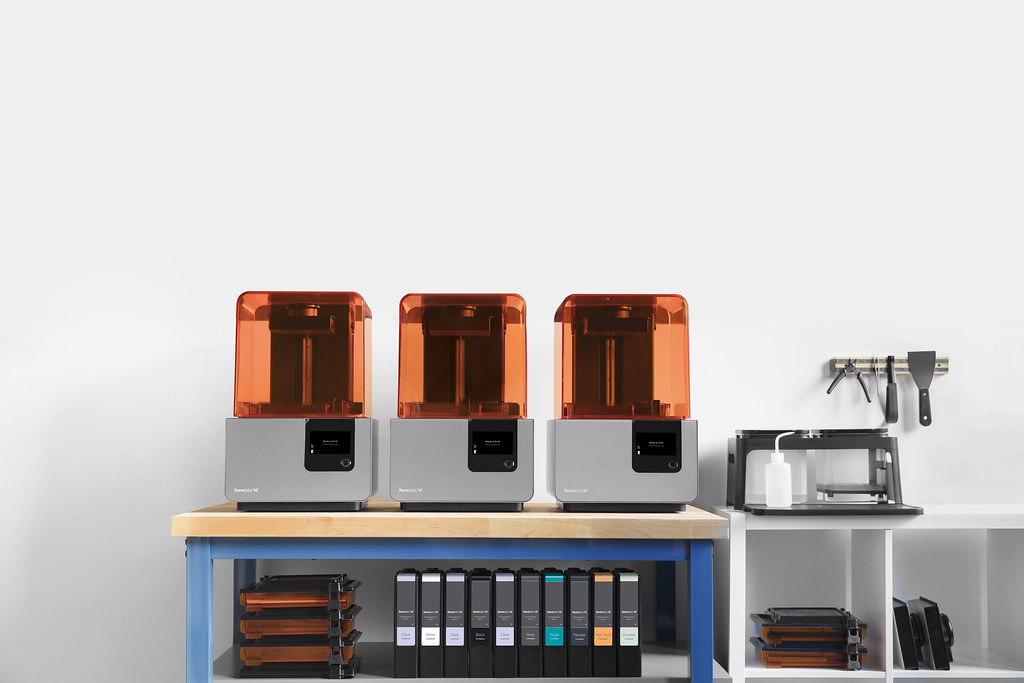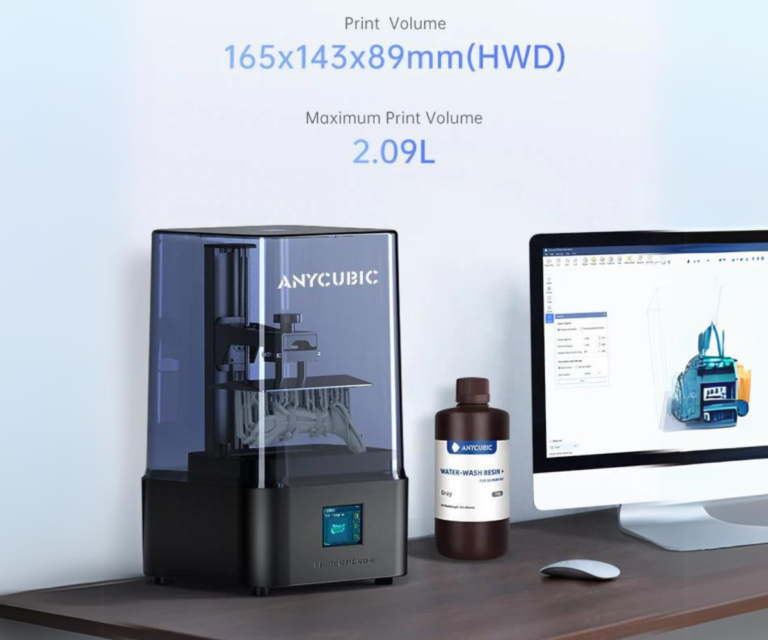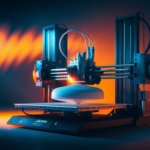Getting Started with 3D Printing at Home

3D printing has rapidly evolved, offering a plethora of opportunities for those looking to turn their creative ideas into tangible products. For home-based businesses, 3D printing provides a cost-efficient way to prototype, produce custom items, and even enter niche markets. Simply put, 3D printing is the process of creating three-dimensional objects from a digital file, layer by layer, using materials such as plastic, resin, or metal. Starting a small business leveraging 3D printing at home is more accessible than ever before.
When considering a 3D printer for home use, there are several types to choose from, including Fused Deposition Modeling (FDM), Stereolithography (SLA), and Selective Laser Sintering (SLS). FDM printers are the most popular for beginners due to their affordability and ease of use. They use thermoplastic filaments to build objects layer by layer. SLA printers, which utilize a laser to cure liquid resin into hardened plastic, offer higher precision but can be more costly. SLS printers, which use a laser to sinter powdered material, are typically used for more complex and high-detail work, making them suitable for advanced users.

Key considerations when purchasing a 3D printer include budget, space requirements, and technical specifications. Entry-level FDM printers can range from $200 to $1,000, while SLA and SLS printers are generally more expensive. Assessing the space needed for the printer and ventilated area for safe operation is essential. Technical specifications like build volume, print speed, and resolution should correspond to the intended project needs.
Setting up a home 3D printing workspace requires essential materials and tools. Filament or resin, depending on the printer type, is necessary, as are digital calipers for precise measurements, a scraper for removing prints, and isopropyl alcohol for cleaning. A stable worktable, adequate lighting, and storage for materials can streamline the workflow.
The initial learning curve for mastering 3D printing can be steep, but numerous resources are available to aid in this journey. Online tutorials, specialized courses, and active community forums provide invaluable guidance and support. Platforms like YouTube, Coursera, and Reddit offer a wealth of information ranging from beginner to advanced topics, enabling enthusiasts to develop their skills and tackle challenges effectively.
Designing and Marketing Your 3D Printed Products
The journey to a successful home-based 3D printing side hustle begins with designing marketable products. Utilizing popular software tools is essential for creating detailed 3D models. Tinkercad, for instance, is an excellent option for beginners due to its user-friendly interface, while professionals might prefer Blender or Fusion 360 for their advanced features and capabilities. These programs allow you to breathe life into your creative ideas, ranging from unique home decor items to functional gadgets.
Finding inspiration can sometimes be challenging, but a glance at trending items on platforms like Etsy or Pinterest can spark fresh ideas. When designing, focus on utility, aesthetics, and uniqueness. Products that solve everyday problems, appeal to aesthetic senses, or are customizable often perform well in the market.

Once your designs are ready, choosing the right sales platform is crucial. Online marketplaces such as Etsy and eBay offer extensive reach and the ability to tap into existing customer bases. Setting up an own website is another viable option, providing more control over your brand and customer experience. Additionally, local craft fairs present opportunities to engage face-to-face with potential buyers and gain immediate feedback.
Pricing strategies should reflect both the costs of production and market demand. Conducting market research to see how similar products are priced can help you position your pricing competitively. Branding is vital; a memorable brand name, logo, and consistent visual style can differentiate your products and foster customer loyalty.
Effective marketing techniques involve leveraging social media platforms to showcase your products. Posting high-quality images and engaging content can attract followers and potential buyers. Encouraging satisfied customers to leave reviews and share their experiences can build credibility and trust. Additionally, gathering and responding to customer feedback can lead to product improvements and increased customer satisfaction.
Finally, understanding and navigating legal considerations is paramount. Ensure that your designs do not infringe on existing intellectual property rights and are free from product liability risks. Adhering to these legal obligations will protect your business and provide peace of mind.








